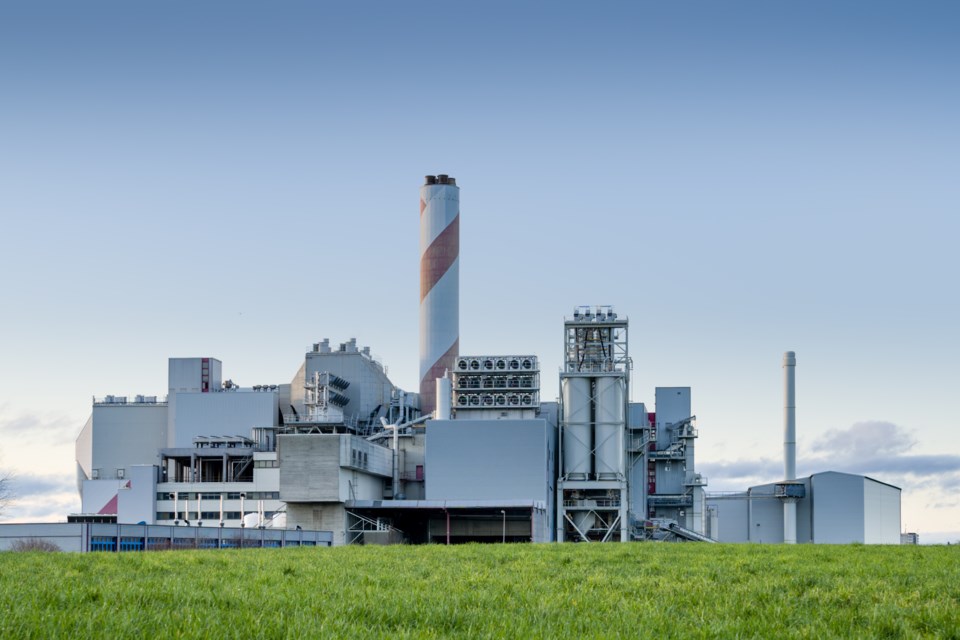Four hundred academics recently signed a letter to the federal government, condemning the next big thing in emissions reduction.
They’re all wrong.
Their target was Canada’s world-leading, greenhouse-gas-busting carbon capture and storage initiative.
Carbon capture and storage (CCS) has been hailed as a key to reaching net zero emissions by 2050. The Alberta government kicked it off in a big way with close to $2 billion in investment .
The results of that global-leading initiative have been substantial. Coming out of that initial investment are proven projects such as the Quest facility, which has safely more than six million tonnes of CO2 in its six years of operation (the equivalent of taking about 1.3 million cars off the road).
Then there’s the Alberta Carbon Trunk Line, the world’s largest CO2 pipeline, which of safely storing one million tonnes of CO2 just one year after beginning operations.
The Weyburn CCS project in Saskatchewan has more than 36 million tonnes of CO2 in the last 20 years, the equivalent of taking more than 7.8 million cars off the road.
So much for the claims that this technology isn’t proven.
To emphasize the point, the International Energy Agency recently as a key piece of Canada’s ability to reduce emissions from oil and gas development while maintaining its position as a major global supplier beyond 2050.
“We will still need oil and gas for years to come,” said IEA executive director Fatih Birol. “I prefer that oil is produced by countries … like Canada (which) want to reduce the emissions of oil and gas.”
The industry has shown it’s up to the task. Through the alliance, for example, companies that operate about 95 per cent of Canada’s oil sands production have committed to achieving net zero greenhouse gas emissions by 2050 to help Canada meet its climate goals.
Yet from the fossil-fuel-heated offices of the Ivory Tower, activist academics dismiss the proof that CCS is and will be much more of the solution to emissions reduction.
Several companies have announced interest in plans for large-scale CCS projects, and Alberta has begun accepting proposals to set up CCS hubs throughout the province.
Unfortunately, instead of listening to these experts, these academics parrot bogus talking points and hold up renewable energy sources as the only way forward.
Renewables do have promise and will become a key part of the energy mix, but they’ve shown they’re nowhere near ready to take on a bone-chilling Canadian winter.
During much of December’s Prairie cold snap, approximately 90 per cent of electricity produced came from fossil fuels. Solar power made up less than one per cent of total generation.
Other major producing jurisdictions understand that demand for oil and gas will be strong for decades.
around the world – in places like Russia, Brazil, Qatar and the United Arab Emirates – as demand increases, even with the growing role of renewable energy sources.
Canada should be the oil and gas supplier of choice to the world, with its leading commitment to human rights and the environment.
The federal government would be wise to ignore the plea from academics who appear detached from the energy reality the rest of us are living.
Tom Olsen is chief executive officer of the , an Alberta government corporation funded in part by taxes paid by industry on carbon emissions.
©





